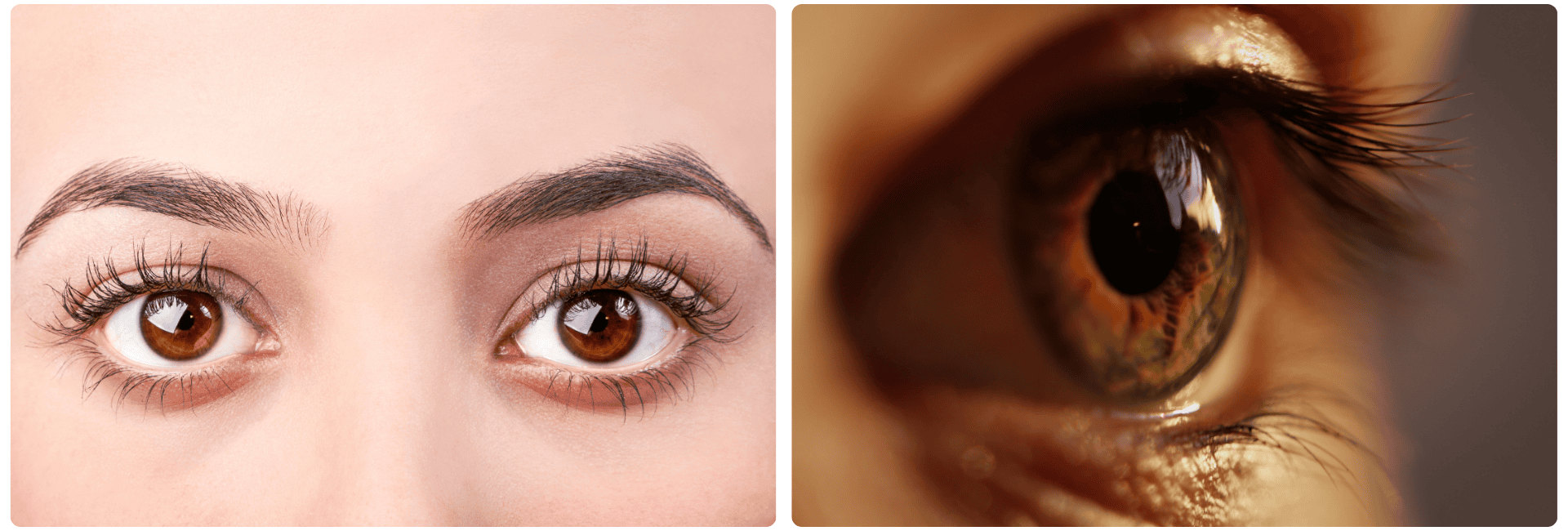
The rise of Cateye surgeries
- What are cateye surgeries?
- How do surgeons determine the appropriate degree of lift for cat eye surgery?
- What are the differences between lateral canthoplasty and epicanthoplasty in creating a cat eye look?
- How does cat eye surgery affect eyelid function and eye health?
- What are the potential complications related to the canthus and surrounding tissues in cat eye surgery?
- What is the recovery process like after cat eye surgery, and how long before results are fully visible?
- Technological advancements
- Aesthetic considerations
- Societal acceptance
In the dynamic landscape of eye surgery, a notable transformation has taken place in recent years, marked by the ascent of cateye surgeries. These cutting-edge procedures have not only gained favor among individuals seeking vision improvement but have also become a sought-after option for those desiring aesthetic enhancements through advanced technology. In this insightful blog, we embark on a journey to explore the evolution of cateye surgeries, shedding light on the intricate technology that underlies these procedures and delving into their profound impact on both the medical and cosmetic industries. Through this exploration, we aim to unravel the multifaceted facets of cateye surgeries, offering a comprehensive understanding of their significance in the realm of eye surgery and their growing popularity among individuals seeking both functional and aesthetic benefits.
What are cateye surgeries?
Cateye surgeries, also known as 'cataract surgeries,' refer to surgical interventions performed to treat cataracts. Cataracts are opacities in the eye lens that lead to blurred vision and eventually blindness if left untreated. While cataracts typically occur in older adults, there is a growing trend of more and more younger individuals undergoing this surgery, not only to restore their vision but also for aesthetic benefits.
How do surgeons determine the appropriate degree of lift for cat eye surgery?
The degree of lift in cat eye surgery, or canthoplasty, is based on the patient’s desired aesthetic outcome and natural eye shape. Surgeons assess the position and angle of the lateral canthus (the outer corner of the eye) and use this to plan the upward tilt. The goal is to create a natural, subtle slant that enhances the eyes without overextending, as excessive lifting can create an unnatural or exaggerated appearance. Customized planning ensures the results complement the patient’s facial features.
What are the differences between lateral canthoplasty and epicanthoplasty in creating a cat eye look?
Lateral canthoplasty focuses on altering the outer corner of the eye, lifting and tightening the lateral canthus to create a more almond or cat-like appearance. Epicanthoplasty, on the other hand, targets the inner corner of the eye and is often performed to widen the eye horizontally, particularly in patients with prominent epicanthal folds. Both surgeries can be combined to achieve a more dramatic cat eye look, but the procedures serve different purposes in reshaping the eye.
How does cat eye surgery affect eyelid function and eye health?
When performed correctly, cat eye surgery should not impair eyelid function or affect eye health. However, improper technique or excessive tightening can lead to complications like difficulty closing the eyes fully (lagophthalmos), dry eyes, or irritation. Surgeons are careful to balance aesthetic goals with maintaining normal eye and eyelid function, ensuring that the eyelids can still protect and lubricate the eyes properly. Post-surgical follow-up is essential to monitor for any functional issues.
What are the potential complications related to the canthus and surrounding tissues in cat eye surgery?
Complications can include infection, scarring, asymmetry, or canthal malposition, where the new position of the outer corner does not heal as intended. In some cases, there may be a risk of the lower eyelid pulling downward (ectropion) if the surgery places too much tension on the surrounding tissues. Revision surgery may be required to correct such issues. Patients are advised to follow post-operative care instructions carefully to reduce the risk of complications and ensure optimal healing.
What is the recovery process like after cat eye surgery, and how long before results are fully visible?
Recovery from cat eye surgery typically takes 1-2 weeks, during which patients may experience swelling, bruising, and mild discomfort around the eyes. Cold compresses and prescribed pain medication can help manage these symptoms. Most patients can return to normal activities after a week, but strenuous activity and makeup should be avoided for at least 2 weeks. The final results, with fully reduced swelling and natural contouring, are usually visible after 1-3 months, depending on the individual’s healing process.
Technological advancements
The increase in cateye surgeries is fueled by groundbreaking technological advancements in ophthalmology. Traditional cataract surgeries involve replacing the cloudy lens with an artificial lens. Modern cateye surgeries, however, go beyond this and employ advanced technologies such as femtosecond laser surgery. These precise lasers give surgeons the ability to make customized incisions, making the procedure even safer and more efficient.
Aesthetic considerations
In addition to the medical benefits, an increasing number of people are interested in cateye surgeries due to their aesthetic results. Some surgeons tailor the procedure to make subtle adjustments to the eye shape, creating a 'cateye' effect that has become popular in the fashion world. This cosmetic approach to cateye surgeries has piqued the interest of both younger and older generations aspiring to a more youthful appearance.
Societal acceptance
The societal acceptance of cateye surgeries has experienced substantial growth in recent years, propelled by the candid discussions of celebrities who openly share their positive experiences with these procedures. As celebrities shed light on their own transformations, the allure of cateye surgeries is captivating an expanding audience, with increasing interest in these interventions. No longer perceived solely as a medical necessity, cateye surgeries are increasingly regarded as a means to boost confidence and elevate one's appearance, reflecting a broader shift in societal attitudes.
This surge in interest not only mirrors the ongoing advancements in medical technology but also underscores a transformation in the perception of eye surgery. Once considered primarily as a medical necessity, cateye surgeries are now embraced within a more holistic framework that incorporates aesthetic considerations. The evolving landscape positions these surgeries at the intersection of medical and cosmetic realms, where individuals seek procedures not only for functional improvements but also to enhance the overall aesthetics of their eyes.

As cateye surgeries solidify their place in both the medical and cosmetic spheres, it becomes imperative for prospective patients to be well-informed about the associated risks and benefits. Collaboration with skilled and experienced surgeons is crucial to navigating the complexities of these procedures successfully. By fostering open communication with their chosen medical professionals, individuals can ensure that they make informed decisions, aligning their expectations with the potential outcomes of cateye surgeries to achieve the most satisfactory and transformative results.


